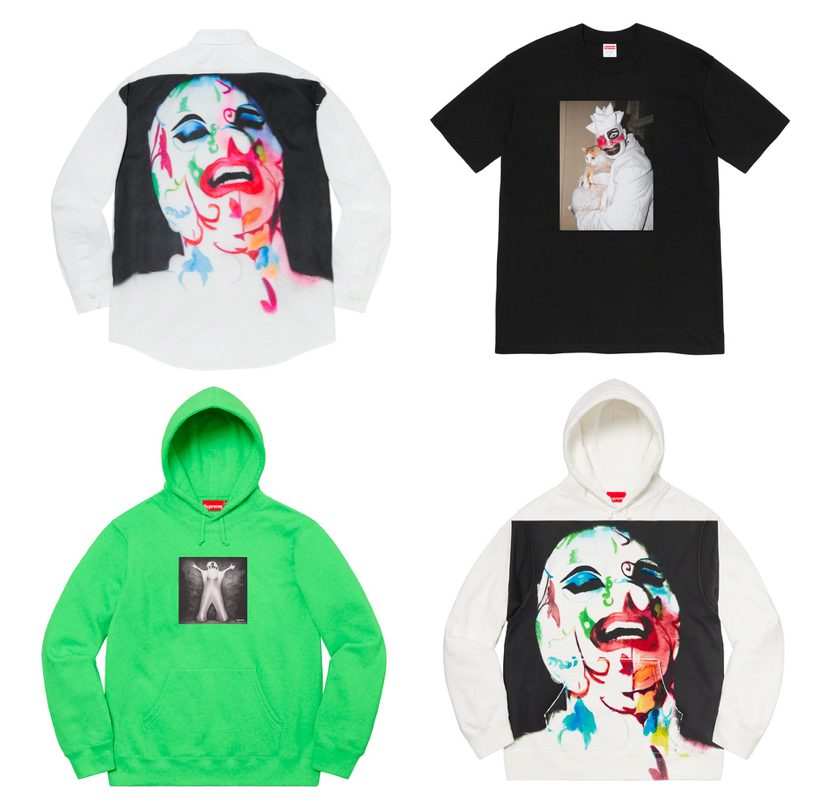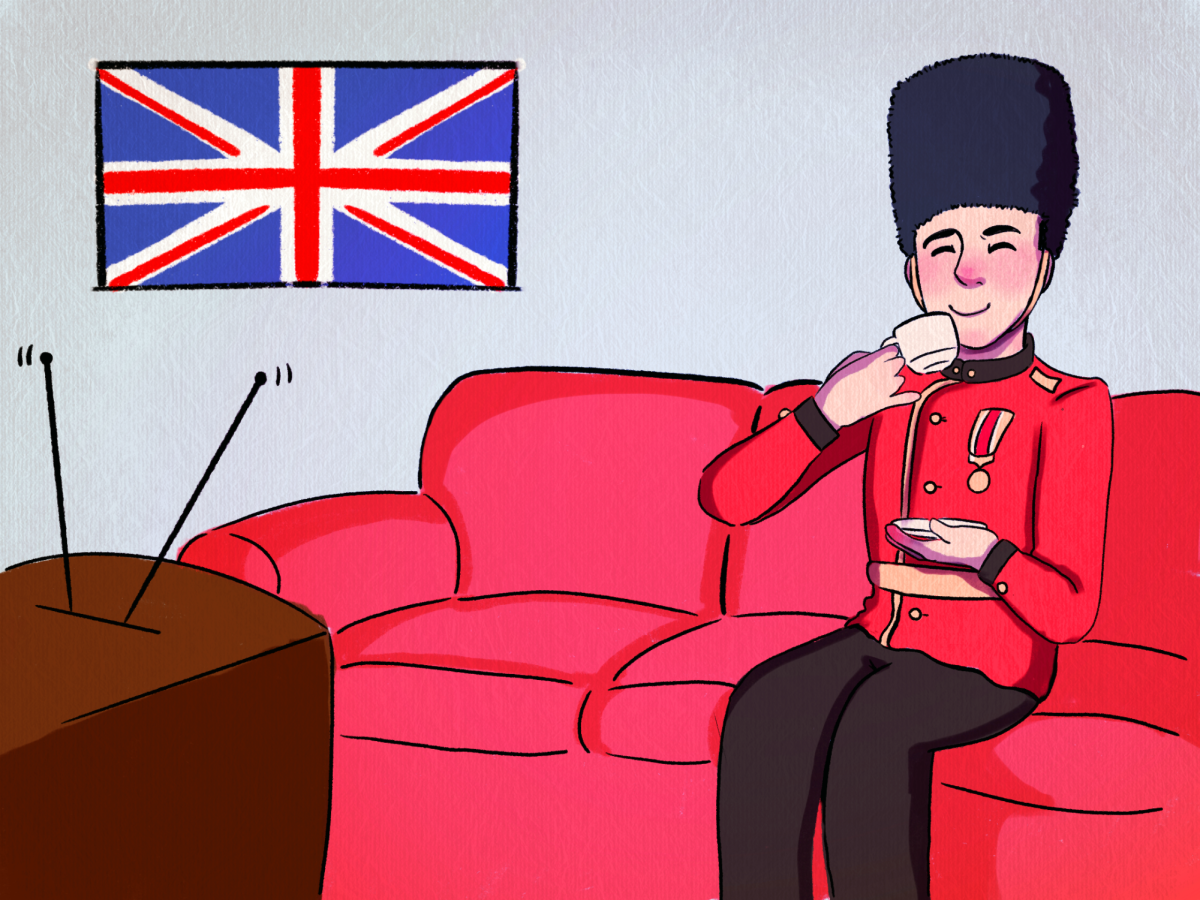The “predatory guy in an Anti Social Social Club shirt and Comme De Garçons Converse” trope is exhausted yet somewhat deserved. Streetwear’s overriding sexist and homophobic male audience has always been apparent, thriving not only in forums and comment sections but also college campuses much like ours.
As explained by Beth Gibbs, co-owner and creative director of UNION Los Angeles, the term “streetwear” was “created by men [in] an attempt to categorize a multi-faceted, multicultural movement that inspired a different approach to apparel.”
Although this definition technically includes varying groups of people, many brands that capitalize on this sort of fashion are cishet-male-dominated. But, with the development of contemporary designs paired with its inherently androgynous aesthetic, wouldn’t the community be more openly accepting and defy gender norms?
It could be its roots in the skateboarding community and its history of sexism that has more recently been publicly challenged by women skaters and female-owned companies like Brujas. Maybe its misalignment with mainstream fashion and its allusion to the subversive was misinterpreted as an excuse to encourage derogatory behavior. Regardless of its beginnings, as it stands, streetwear has just recently begun to acknowledge those of which the “underground” represents.
RELATED: OPINION: Kari Faux’s album “Lowkey Superstar” guiding us through change
Hypothetically, if streetwear was ever a space where gender norms were not prominent, then the same heteronormative boundaries that negatively impact the LGBTQ+ community would not be a point of contention. The essence of participating in fashion while aiming to exist under the radar tends to clash with the “flamboyance” typically associated with gayness. Bobby Kim, owner of The Hundreds, explains that streetwear began as “an easy way for guys who were interested in clothes to get into it and also not be seen — in a homophobic sense — as being gay or trying to be like a girl.” Maybe this presence of toxic masculinity is what makes this particular flavor of bigotry so bitter.
To an extent, a singular brand cannot entirely control the fanbase that evolves around it. Although the weeding out of homophobes and sexists can somewhat be done through a stating of values, or making a product more accessible, if a bunch of dudes in Stüssy shirts call someone a whore then that bleeds off into the reputation of that entire brand.
There are those who respect the creative direction and impact that street style has on culture, but the loudest voices are the ones that look at pieces as clout-curating tools rather than artwork. Clothing is the thing that connects the streetwear community and the factions of bigots are the glue that outsiders see.
Supreme, one of the biggest names in streetwear, has collaborated with LGBTQ+ artists in the past such as Martin Wong in 2019, and used the work of Nan Goldin in 2018 which featured drag artists on t-shirts and hoodies. Still, the main demographic that eats up the company’s familiar designs time and time again are the ones painting the style’s reputation with prejudice. You don’t have to scroll far through the comments under a Hypebeast article to find something disrespectful or blatantly discriminatory.
In fact, the Nan Goldin collab was met with masses of transphobic comments and items were still available hours after opening up online, which is highly unusual considering there have been drops that have sold out within the first minute of being released.
The popularity and sustained resale value of Supreme x Andres Serrano (2017) included a hoodie-sweatpants set with concentrated images of semen and blood. Its popularity challenges the argument of controversy related to the content that the brand chooses to showcase. Not to say that Serrano’s photography is without meaning, but the hoodies reselling for upwards of $400 while the Goldin pieces are up for nearly a third of the price is obviously linked to the low, anti-queer reviews of their clientele. Perhaps there is confusion amongst consumers as to what art is considered “disruptive” and important, or maybe it’s the brand itself that doesn’t understand who their audience is.
RELATED: OPINION: Pride Month would not exist without activism
Brands ultimately steer fashion and the culture surrounding it. Skaters, hypebeasts and sneaker-heads alike are heavily influenced by the action, or in most cases inaction of the creators they follow. Performative activism has been a hot cause for backlash lately, rearing its veneered support on our feeds via black screens and rainbow-coated graphics.
Supreme did put out a statement laying out their monetary support of Black Lives Matter, Equal Justice Initiative, Campaign Zero and Black Futures Lab in an Instagram post on June 4. Like many brands, their efforts to positively contribute to the conversations around marginalized groups are present. But, this is an example of one notable brand taking bare minimum steps to band-aid their corporate footprint on the “underground” fashion community. If anything, the rising popularity of streetwear should be a call for businesses to challenge the sexists and homophobes that may also drool over a box logo. That is if they care.
Supreme’s next drop features the work of legendary queer artist Leigh Bowery and will be available on June 25, right in time for the conclusion of Pride month. It would be overly hopeful to say that this spotlight is going to make a dent in the community’s issues of homophobia and tone deaf exclusion.
Although the rumors of streetwear dying out entirely have been floating around long before Virgil Abloh’s comedically pitiful (but later explained) $50 bail fund donation, it realistically isn’t going anywhere but up. Brands like AMBUSH and Martine Rose that are led by women of color are the beacon of hope for the contemporary wave of streetwear — not just in the name of evolving designs beyond lazily-placed logos, but for opening the door of inclusion and representation. Women have worked behind the scenes all along. Their push to the forefront and the recognition of their work will be what peels the stereotype out from underneath the table.
Follow Selena Kuikahi on Twitter















